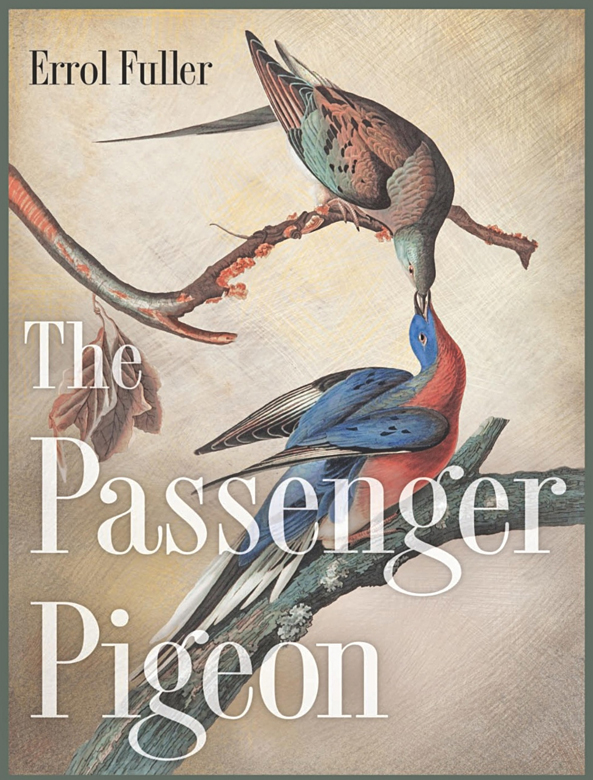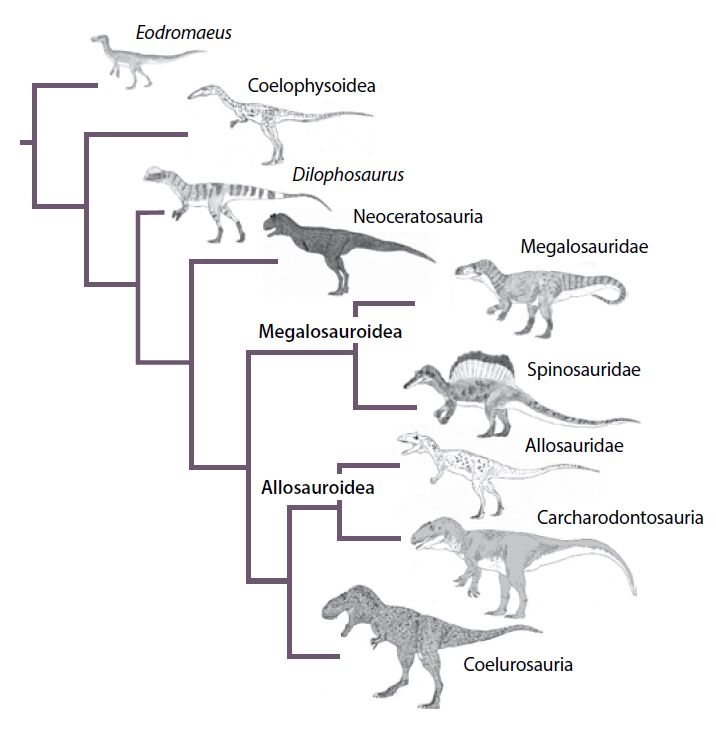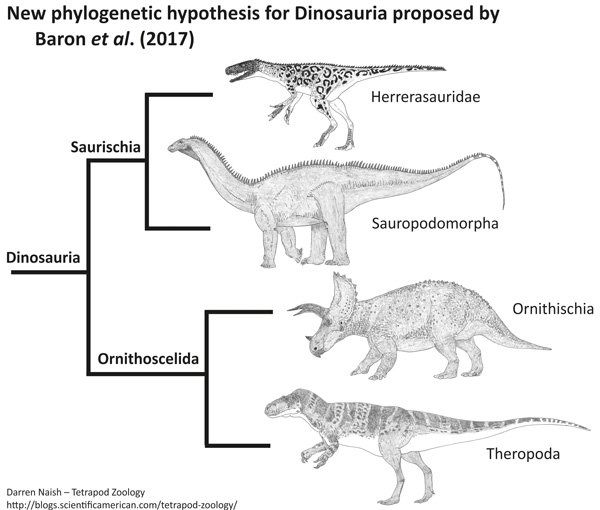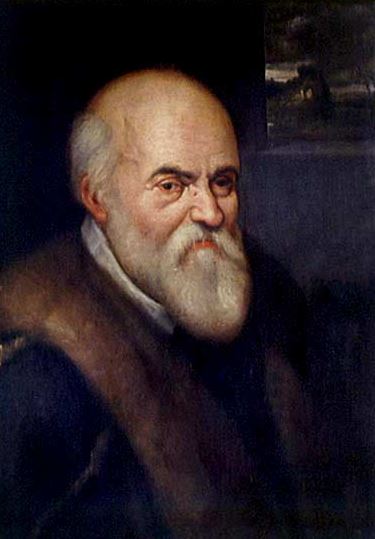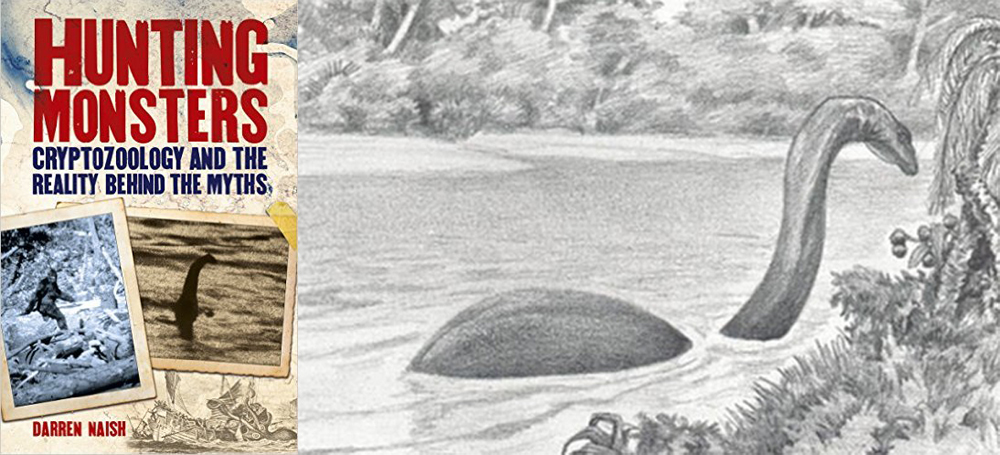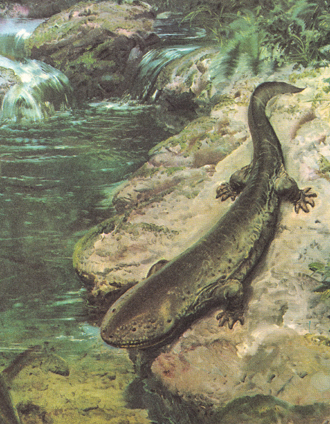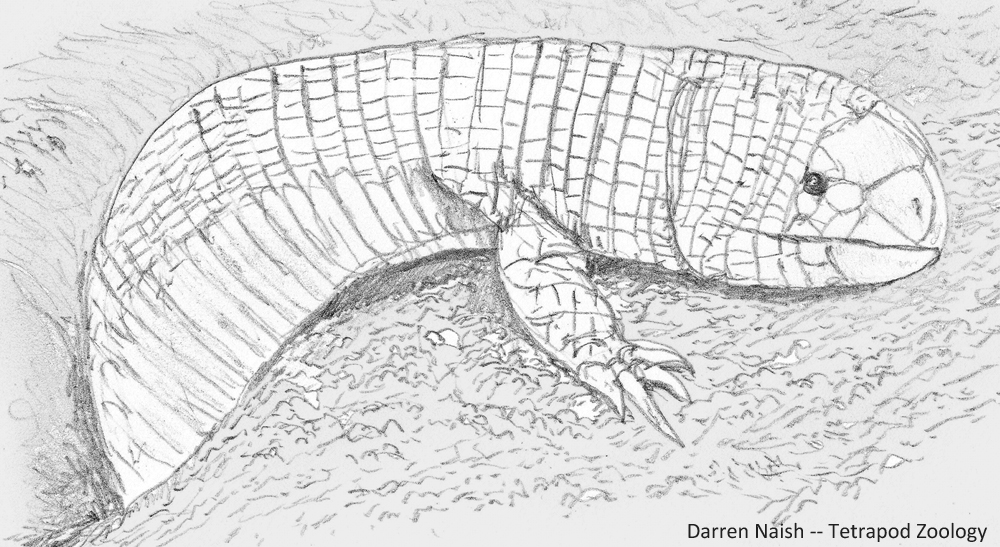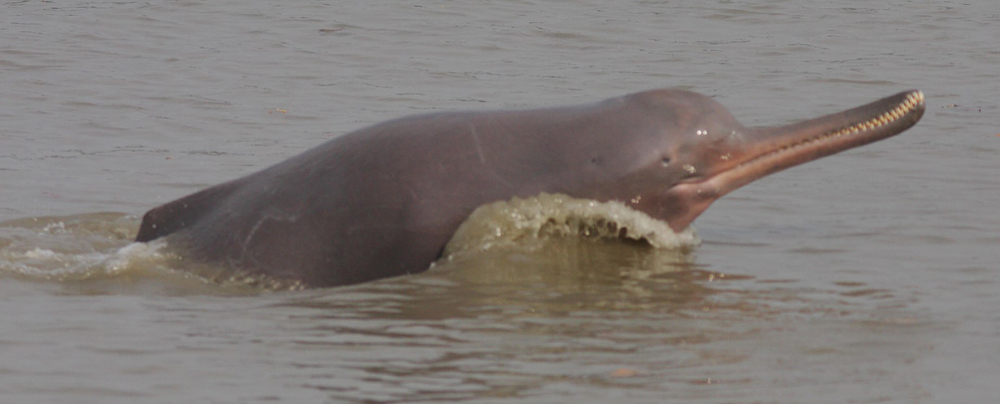This might be an unusual TetZoo article. I like memes, by which I mean the internet images or concepts that are passed ‘virally’ from one person to another and become modified and/or added to across their ‘generations’. As you’ll know if you pay any attention to memes (or are part of any community where memes are frequently encountered), several animal species are meme favourites. Among them are potoos.
Caption: it’s true, I’m guilty of using potoos in memes myself. The one at left was my profile picture on social media for a while; the one at right appeared at TetZoo ver 3. The original photo has been memed a lot. The original photo is sometimes credited to Kristin Lundquist, though that’s not where I got it from. Image: (c) Kristin Lundquist.
Potoos – officially nyctibiids, and not to be confused with the primates called pottos – are a South, Central and North American group of cryptically coloured, nocturnal, big-eyed, insectivorous birds. Nearly all of the seven extant species* are included within the same genus (Nyctibius), the exception being the Rufous potoo N. bracteatus which was given its own genus (Phyllaemulor) in 2017. In addition, there are fossil potoos (from Europe and North America) which have been given separate genera too. Potoos hunt by aerial hawking or by flycatching from a perch, their prey mostly involving beetles and moths. They’ve also been reported to eat small passerines: a Northern potoo N. jamaicensis was once found to contain a White-collared seedeater Sporophila toqueola in its stomach (Cleere & Nurney 1998). But they’re also famously sedentary, spending the day sitting still on a branch or stump where their plumage, shape and posture helps conceal them from predators. Unique notches in their eyelids enable them to see even when the eyelids are closed, and their short, stocky tarsometatarsi appears to be an adaptation for long periods of sitting still.
* Genetic variation within various of these species suggests that this count is too low and it’s very likely that a set of cryptic species are awaiting recognition (Cohn-Haft 1999).
Potoos have an obvious similarity with nightjars, frogmouths and kin, and hence have traditionally been classified alongside them within Caprimulgiformes. While there’s an awful lot to say about caprimulgiform evolution and diversity and where these birds fit within the neornithine family tree, we’ll ignore all that for now since that’s not why we’re here.
Caption: two of a set of famous potoo-themed photos (there are at least four in total). These went viral in 2015 and finding a photographer to credit has not been possible, but if there’s anyone in particular who should be credited, I’d be interested in knowing their name. This is definitely a Great potoo Nyctibius grandis (or, part of the series of populations currently included within that species, anyway).
Potoos, frankly, sometimes look scary. In the Great potoo N. grandis, the giant eyes have dark brown irides, meaning that they sometimes look entirely black. This is a marked difference from other potoos, all of which have orange, yellowish or yellow-green irides, though the Rufous potoo is also unusual, this time in having a dark vertical wedge in the lower half of its iris (Cohn-Haft 1999). The Great potoo – the largest of the family – is also odd in being big, reaching 54 cm in total length and with a wingspan of around 80 cm. I guess it’s not called the Great potoo for nothing. A bird of this sort, at this size, is somewhat daunting.
Caption: potoos and some amused (or bored) owls. I love this picture. It’s here on imgur. Image: princeemberstorm.
But potoos can also look comical, cute and more like puppets or cartoon characters than real animals, so – conversely – they also appeal to us for those reasons. Their giant, often bright orange eyes sometimes look like billiard balls and appear unrealistically large within their heads. A small, slim, curved bill accentuates this big-eyed look, though when I talk of the bill here, I’m referring to the strongly hooked anterior portion and not to the wide gape, virtually all of which is concealed when the bird has its mouth closed.
Caption: potoos are just ripe for things like this, it seems. This image, titled ‘Potoo is a sir’, appeared on imgur in 2014 and is borrowed from here. Image: (c) Polarbearsarentreal.
Add all of this together and we come to the reason for this article. Within recent years, potoos have been cartoonified, memed and caricatured to hell, so much so that we might talk of The Potoo As An Internet Phenomenon. I don’t know if any of this happened to potoos before there was an internet, but I don’t see evidence that it did. What’s happened here is the same as that for anything we regard as an internet meme: people saw some cool, interesting pictures and were inspired to depict their own take on them, and other people were inspired by those images, and we then get the domino effect whereby things get mixed and matched, elaborated, or taken in a whole new direction. Keep reading to see where this goes.
Caption: potoo-themed accounts of Twitter. The avatar at left is that of illustrator Angela Hsieh, aka @hisiheyah. A selection of others are at right: our lord and saviour potoo or @PotooPotoo is the most relevant for the purposes of the article here. Images: Angela Hsieh, Twitter.
Part of the story of the potoo’s popularity onlines comes from the appearance of a series of photos, apparently taken in Venezuela in 2013, that show a Great potoo sat on a fence in various poses (two are shown above). The bird looks especially striking in these photos due to its massive and seemingly fully black eyes, its (perhaps surprisingly large) size, and a streamlined look which maybe makes it look somehow unnatural. Plus, it’s a potoo. I mean, seriously, they all look striking if you haven’t seen one before. On size: we can see from accompanying objects (barbed wire, humans hands) that the bird isn’t really that big, but it was big enough (ha ha, another meme) to inspire this, which I like very much…
Caption: ‘The Great Potoo’, interpreted somewhat literally, from the online comic Question Duck (original panel here). Image: (c) Question Duck.
The popularity of these photos is also partly explained by the fact that they were used in some bullshit story about a ‘dinosaur owl’ being resurrected from ancient DNA (there’s even a Snopes takedown of that concept), plus people who’ve never heard of books (let alone potoos) have claimed variously that the animal might be an alien, a demon or a piece of created taxidermy. Karl Shuker discussed his investigation of the photos at his blog, here.
Where have people gone from there? Some of you will know that griffons … or griffins, or gryphons, or gryphins … are big on the internet these days. For whatever reason, they’ve brought out people’s creative side, and there are griffin-inspired creatures of all sorts, depicted variously in attractive fantasy art, in pokemon-style cartoonish art, in anatomically rigorous hyperdetailed art, and even in furry costume form. I can’t mention furry costumes without bringing your attention to the fact that, yes, at least one person has made a potoo cosplay, and it’s spectacular. Here’s Casanova the potoo, as made by the fantastic people at Menagerie.
Caption: other potoo-themed costumes are now available - I’m pretty sure that Casanova is not a one-off. Image: (c) SarahDee/Fur Affinity, original here.
But back to griffins. I say that griffins are interesting “for whatever reason”, but the real reason, of course, is that they’re awesome, combining the most visually compelling parts of some of the world’s most attractive and popular animals, by which I mean big raptors and big cats. I’ve always really liked griffins myself, and I remember being thrilled when discovering that people even had the audacity to invent an even-more-elaborate griffin spin-off, the Hippogriff!
Combine the attractive qualities of griffins with a new Golden Age of inventive creature art, and with the existence of potoos, and with the fact that potoos are an internet phenomenon, and the inevitable consequence is … potoo griffins. Yes, there are many potoo griffins out there. Here are just two illustrations of them…
Caption: cartoon potoo griffins, by Cyndi Foster, aka Gingo, aka Gryphon Queen (here at DeviantArt). This is why the internet was made. Images: (c) Cyndi Foster/Gingo.
And this sort of thing – the combining of animal parts to create chimaeras that stun or surprise us by virtue of how absurd, or silly or compelling or realistic or wonderful they are – has led to yet more potoo-inspired creatures of the internet. I give you: a potoo x marbled polecat chimaera, a potoo x black panther chimaera, a potoo x Pallas cat chimaera, and a potoo x Chihuahua chimaera. Brilliant (and all credit to the artists). There are many, many others.
Caption: at left, a marbled polecat x potoo griffin, “the most majestic and noble of griffins”, by uropygid (original here). At right, a potoo griffin that combines black panther and potoo features, by Seneca’s Art Rocks. Images: (c) Uncle Max/uropygid, Seneca’s Art Rocks.
Caption: potoo x Pallas cat by iguanamouth (from their “kept getting requests for gryphons so heres a bunch of them At Once “ project), Potoo x Chihuahua by Pechschwinge, from their Daily Gryphon Challenge. Images: (c) iguanamouth, Pechschwinge.
Yes, truly we are in the age of peak potoo, a time when we might pay reverence to Our Lady Potoo of the Sacred Heart, or Our Lord and Savior Potoo Bird, or something along those lines. What’s that, you say – this would work as a great internet image as well? Well…
Caption: ‘Our Lord and savior potoo bird’. This image is by dragongirl222, who does a whole range of potoo-themed merchandise at redbubble. Image: (c) dragongirl222.
This, of course, is not everything. There’s even more out there — much more — and it’s easy to find if you go look for it. Dear reader: I give you… The Potoo As An Internet Phenomenon.
For previous TetZoo articles relevant to potoos, see…
Tet Zoo Bookshelf September 2016: of Fossil Primates and Nightjars, September 2016
Pouches of the Sungrebe, November 2018
Refs - -
Cohn-Haft, M. 1999. Family Nyctibiidae (potoos). In del Hoyo, J., Elliott, A. & Sargatal, J. (eds) Handbook of the Birds of the World, Vol. 5. Barn-owls to Hummingbirds. Lynx Edicions, Barcelona, pp. 288-301.



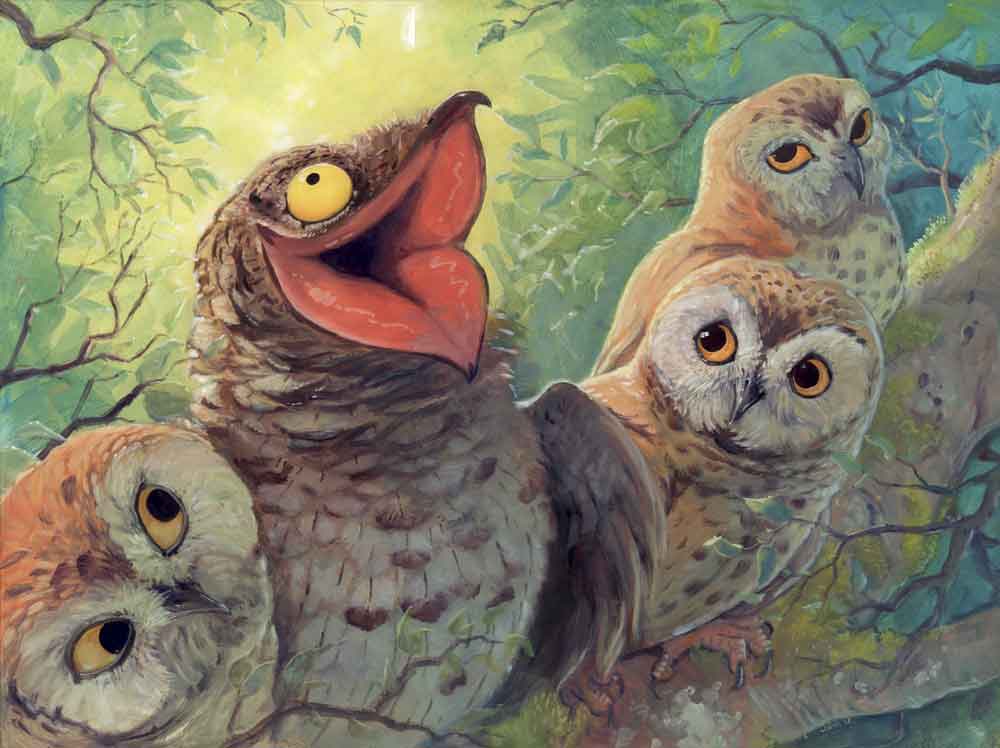




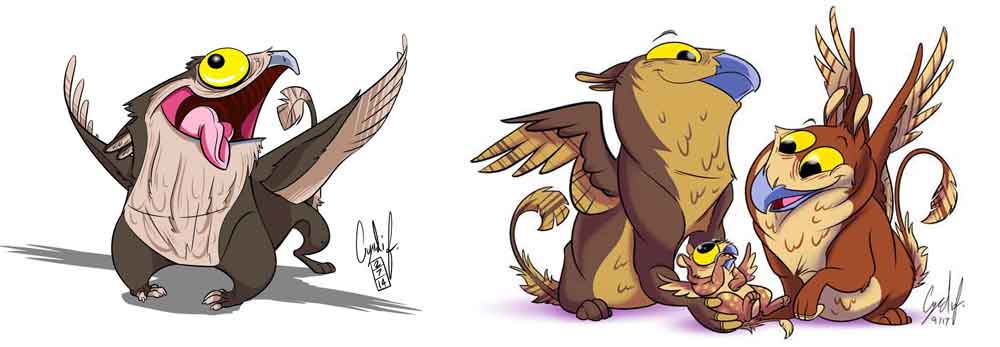




























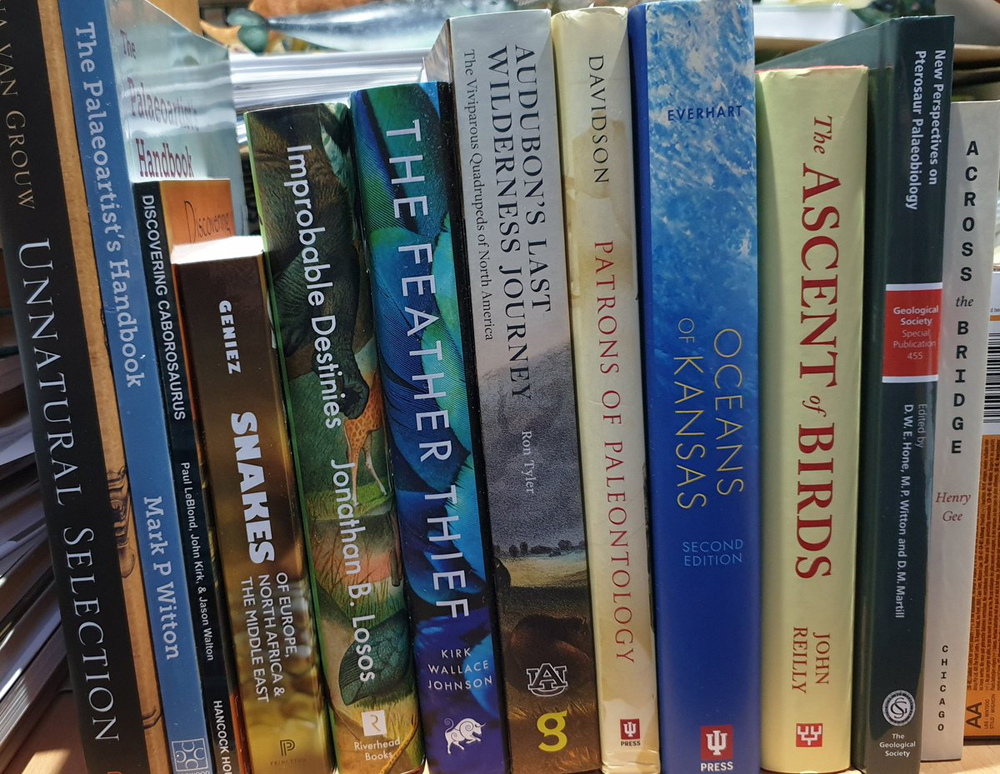
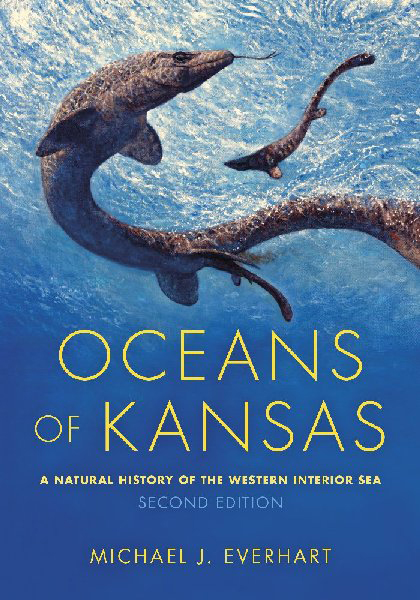




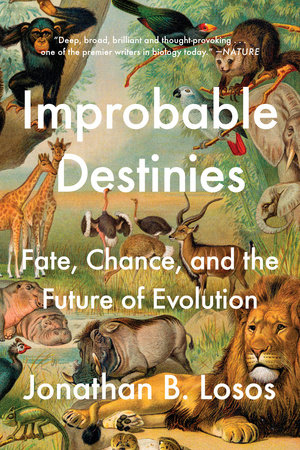











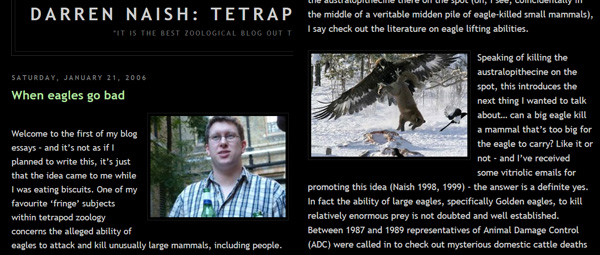
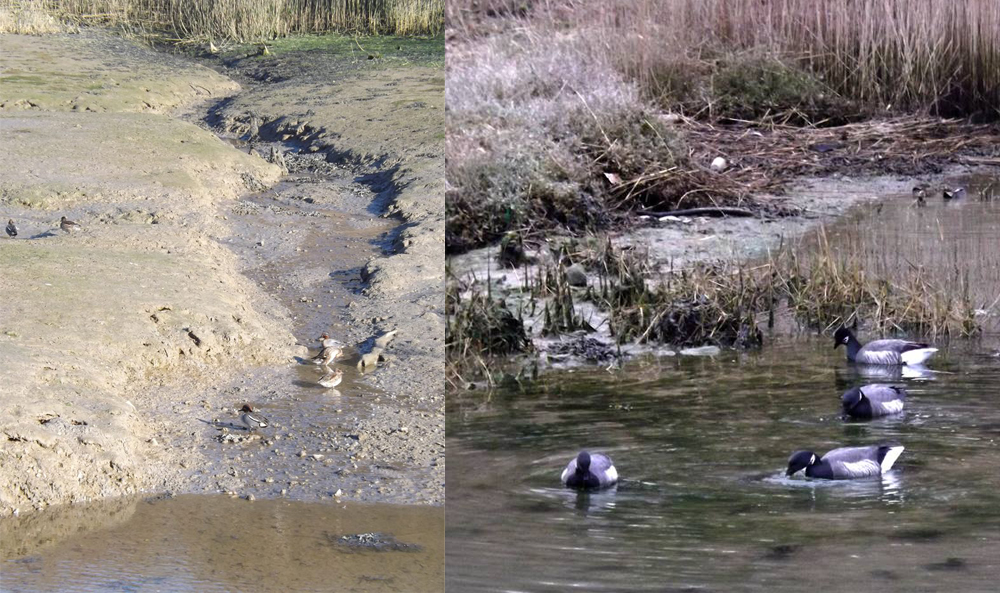


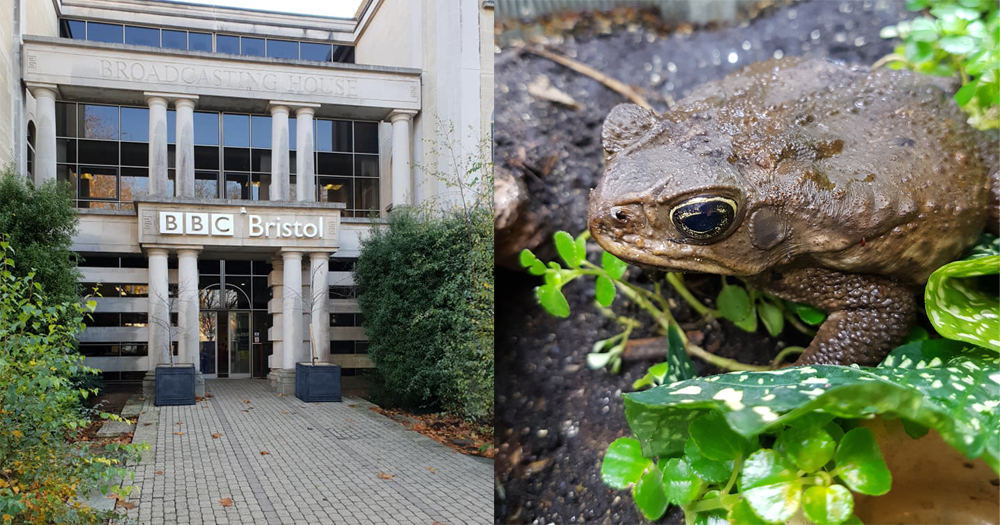




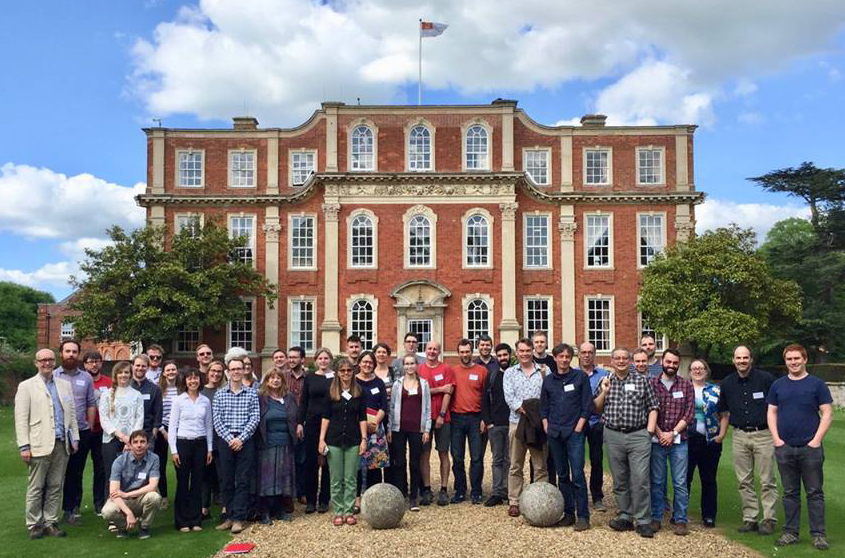








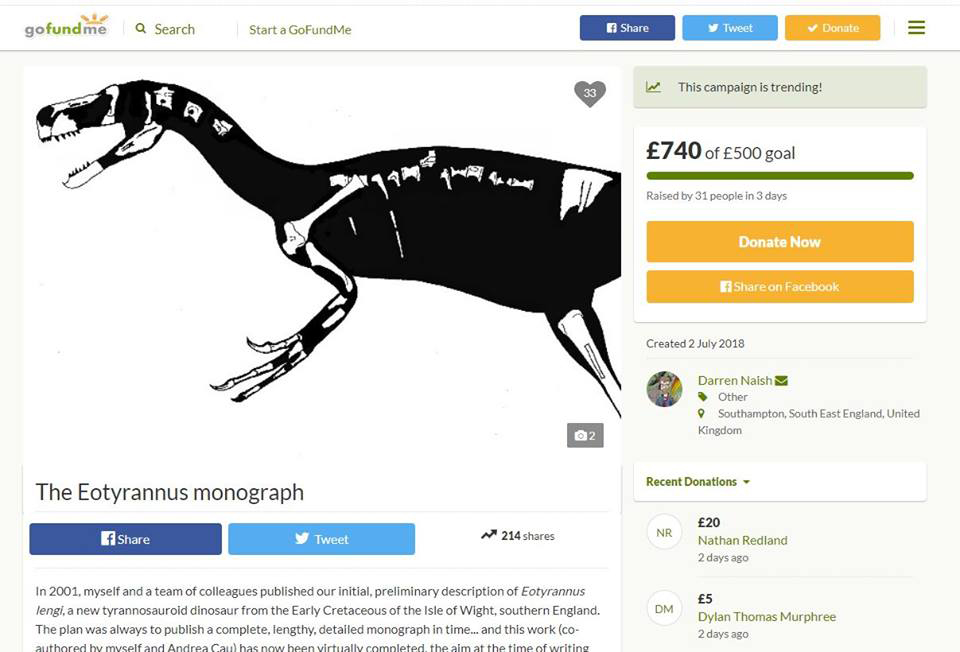


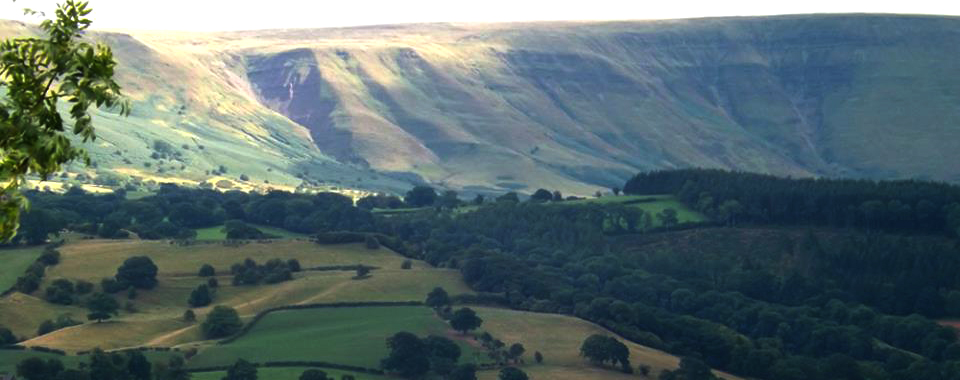








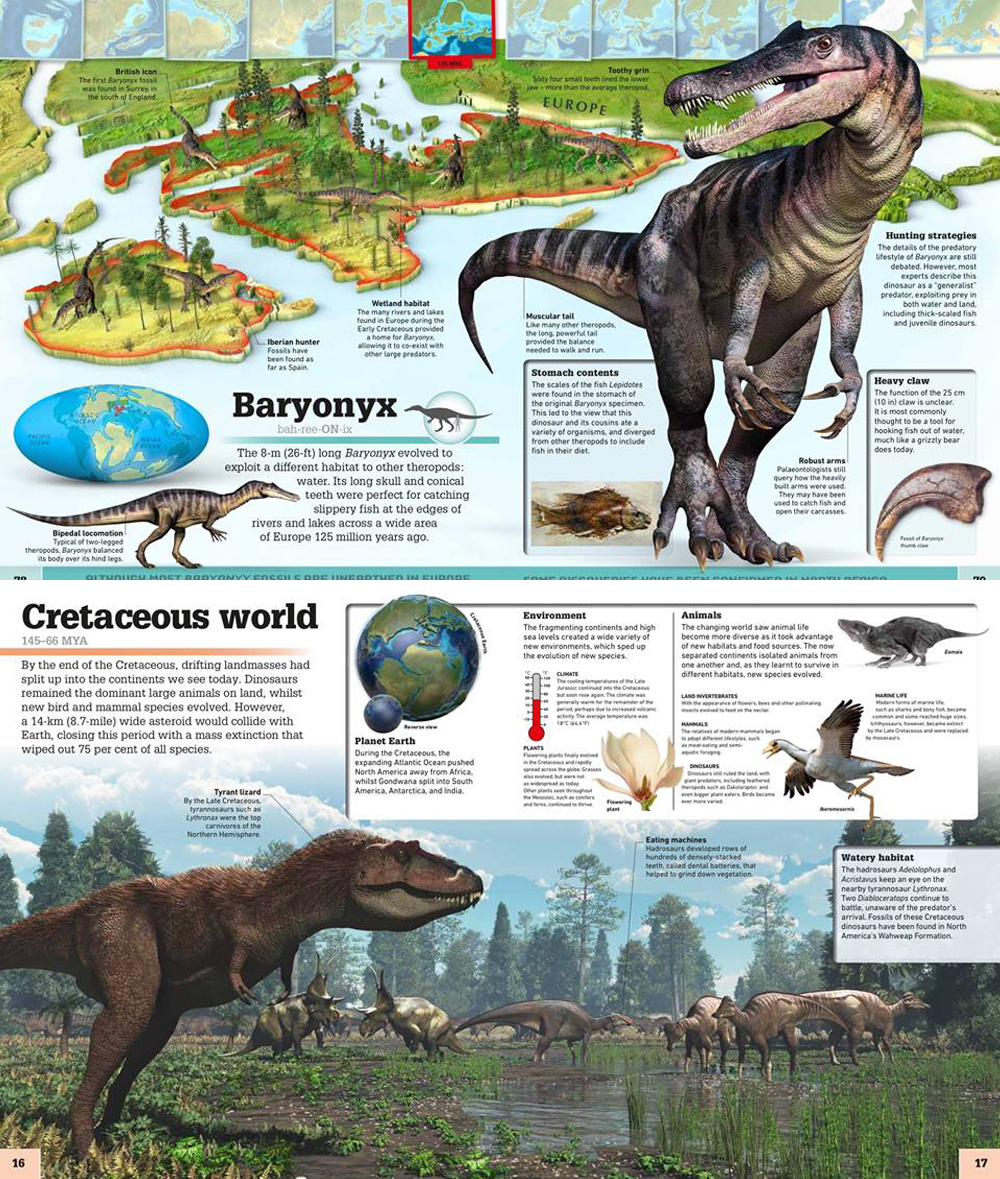
























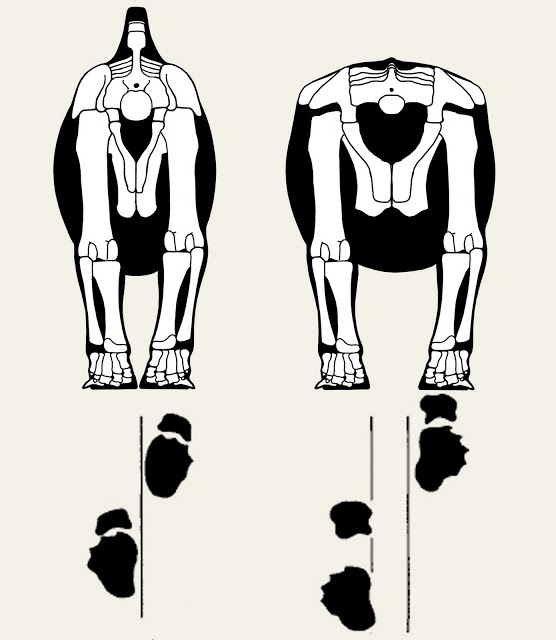















![William Beebe’s hypothetical tetrapteryx creature. A pre-Archaepteryx glider. You’ll note that Beebe was a pretty good artist [UPDATE: this is an error. The illustrations in this publication were by Dwight Franklin, not by Beebe!]. Image: Beebe (191…](https://images.squarespace-cdn.com/content/v1/510be2c1e4b0b9ef3923f158/1546356482204-OC8JSKSSMTH2YL41VQNL/Heilmann-Proavian-Beebe-Tetrapteryx-Jan-2019-Tetrapod-Zoology.jpg)










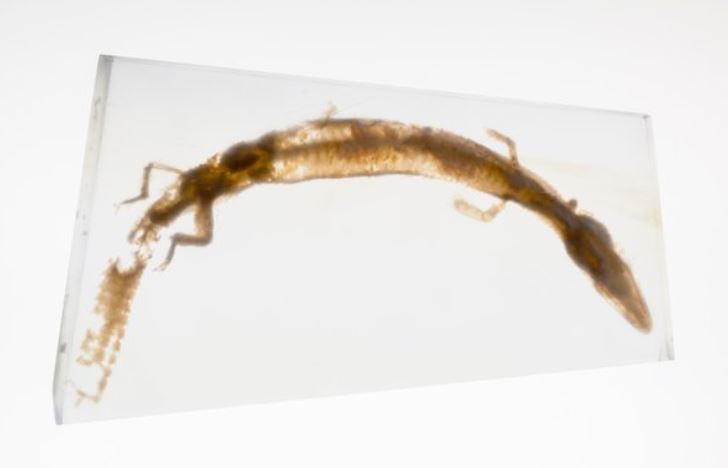

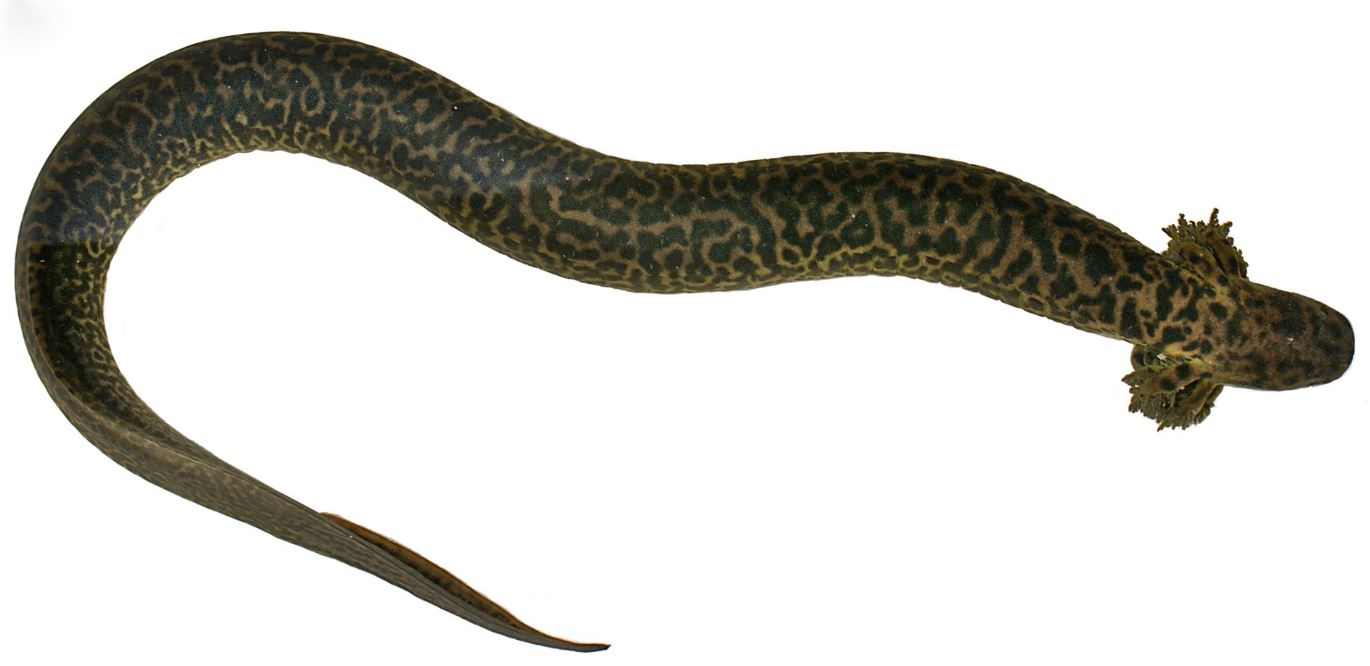







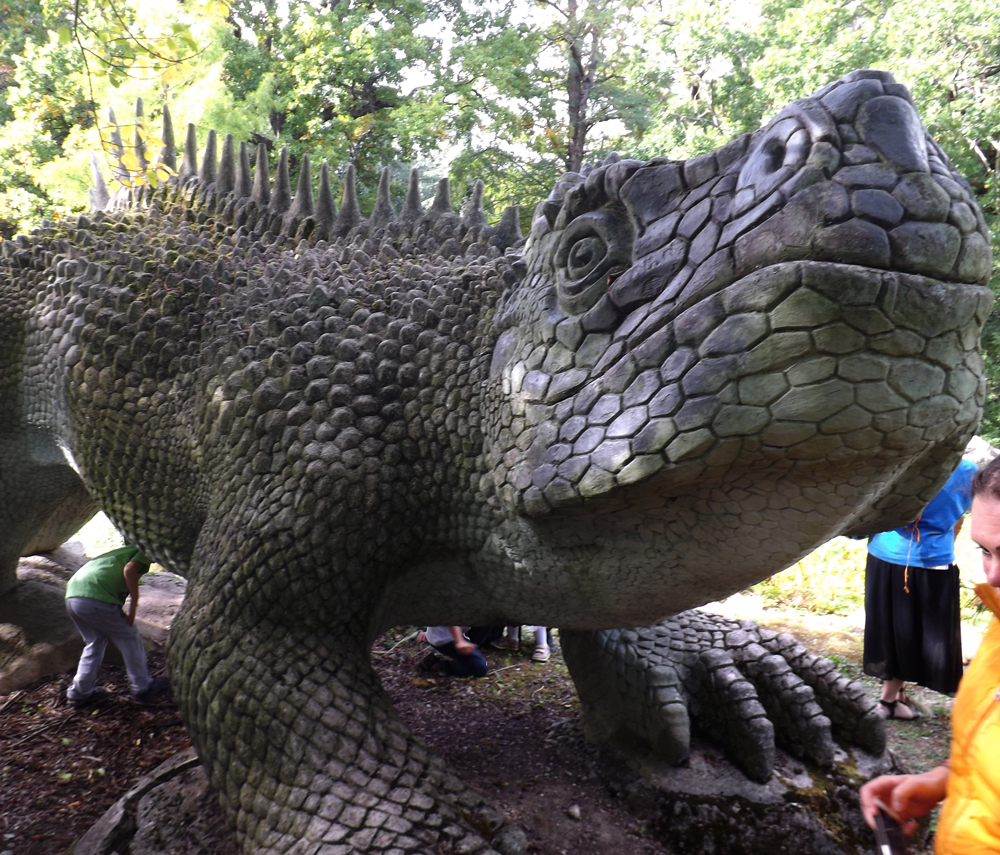
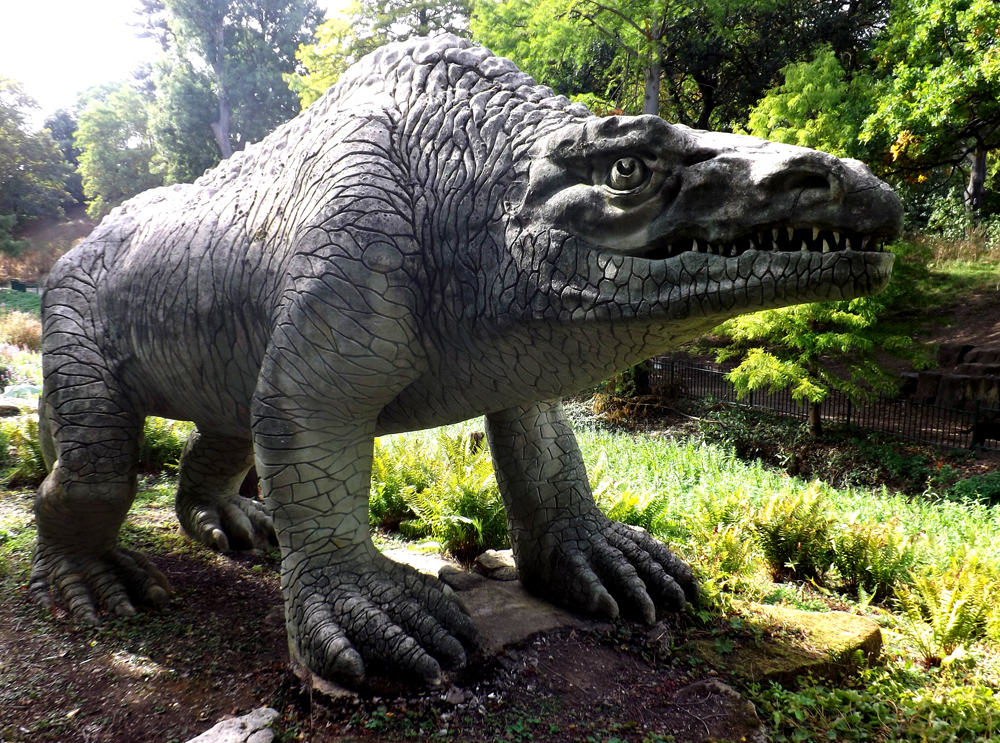
















![Today, I’m the proud owner of a PalaeoPlushies thylacine - a Christmas 2017 gift from my mother-in-law, Sheila. He’s called Kid Cynoceph and I love him. Buy your own here! [UPDATE: currently sold out!] Image: Darren Naish.](https://images.squarespace-cdn.com/content/v1/510be2c1e4b0b9ef3923f158/1544108376632-2UTKGZX7U96NM2YOIUQ6/Tet-Zoo-12th-birthday-palaeoplushies-thylacine-Dec-2017-600-px-tiny-May-2018-Darren-Naish-Tetrapod-Zoology.jpg)













